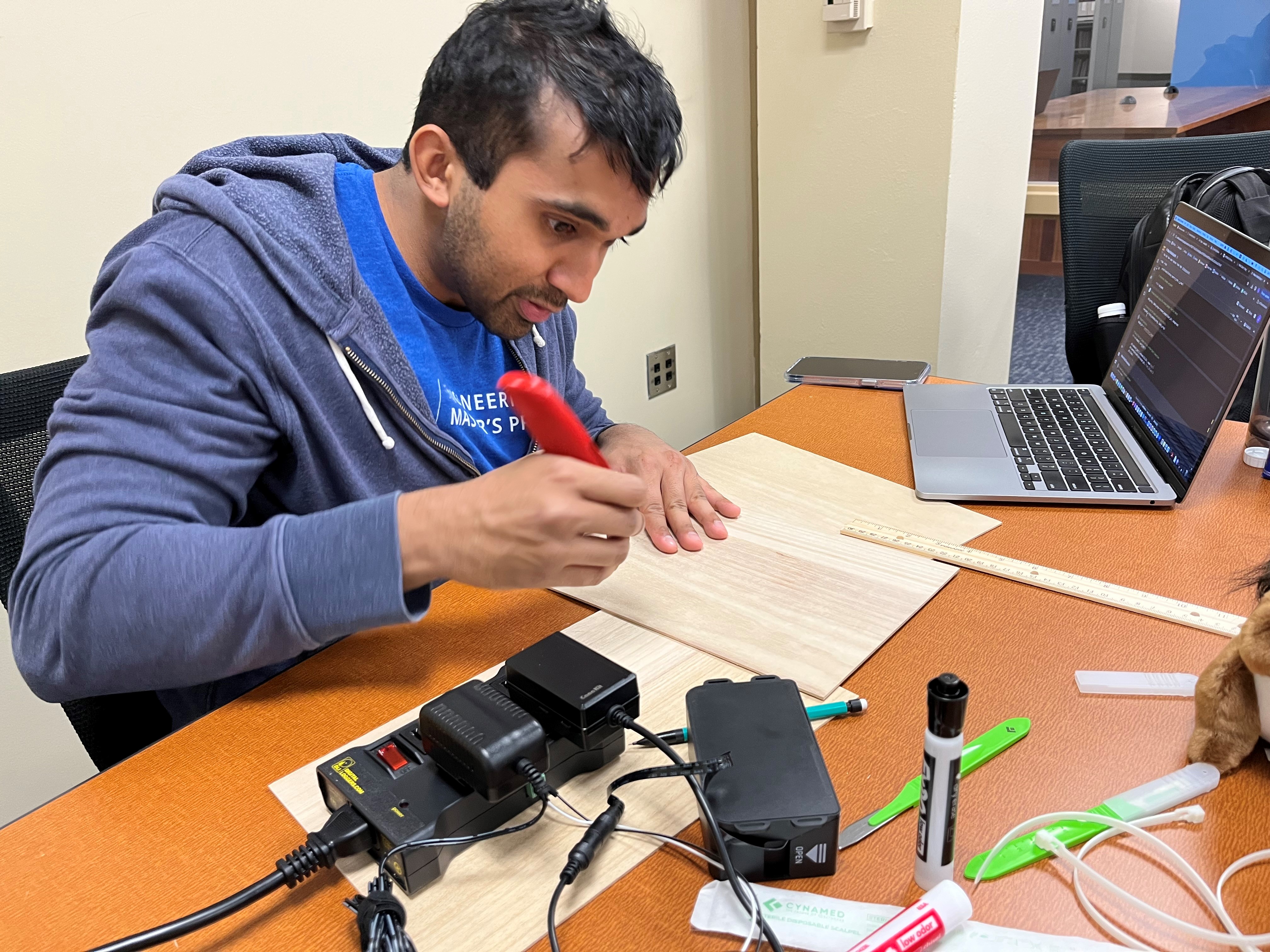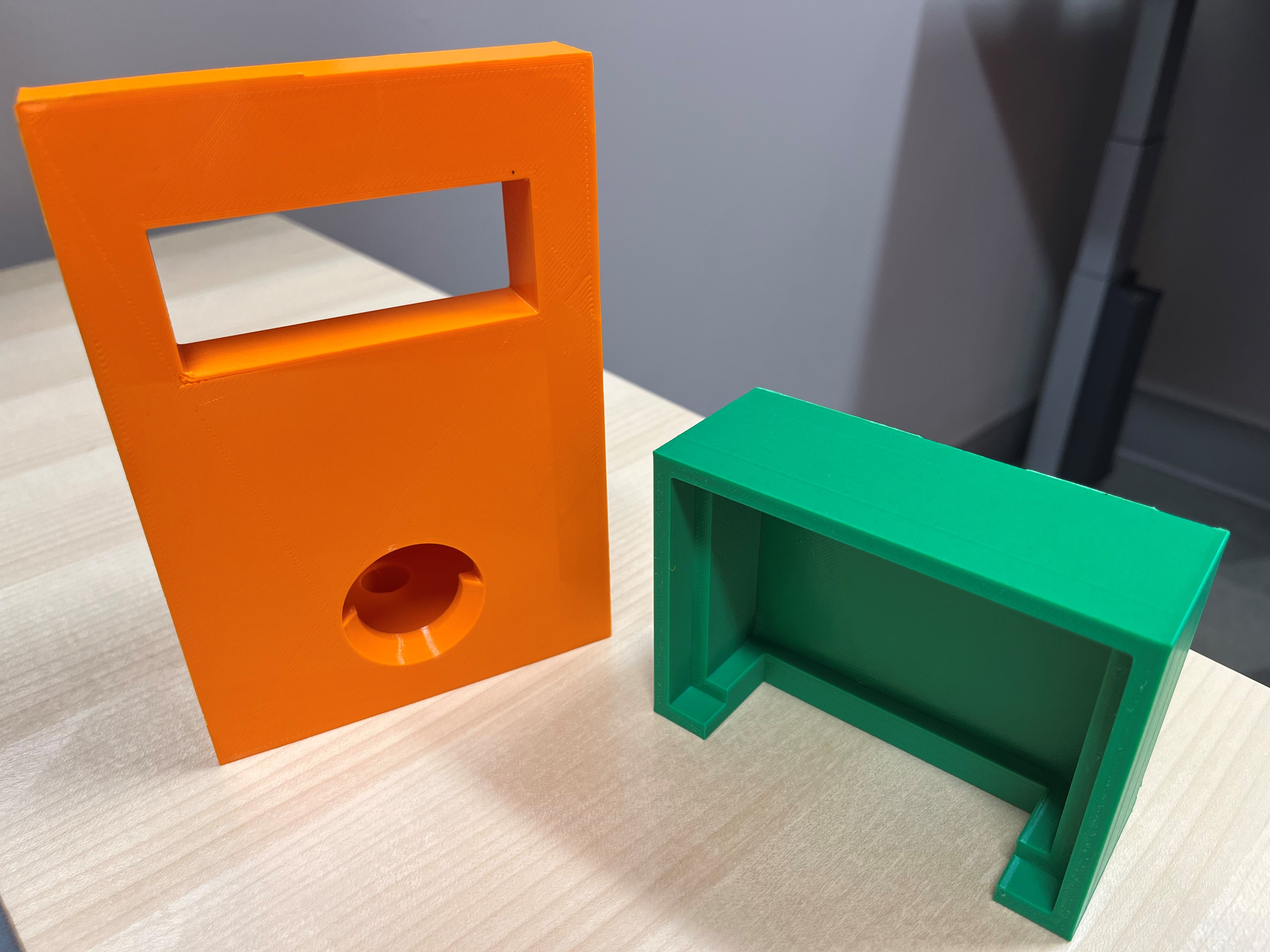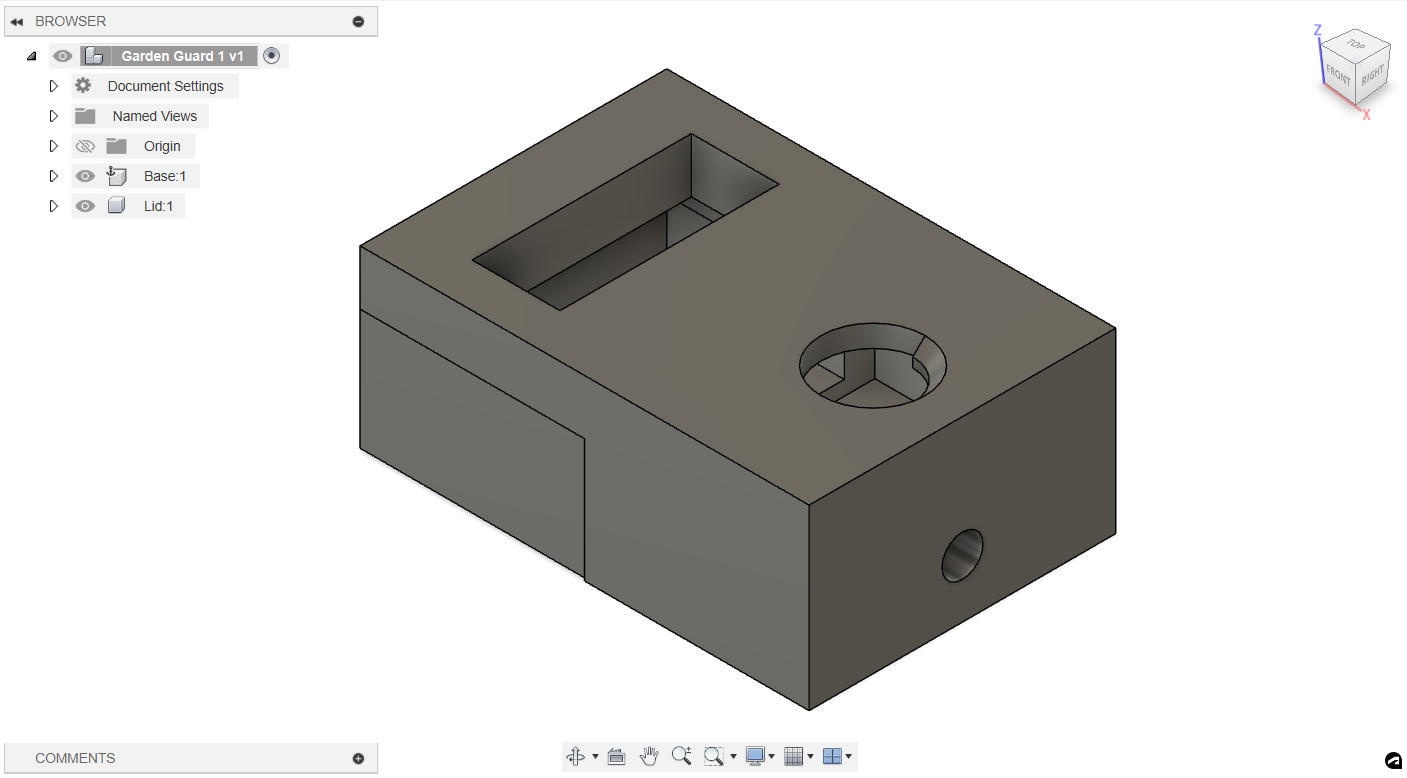In my ongoing quest to combine AI with practical applications, I’ve embarked on v2 of a project that builds on the foundation of a team effort from my Deep Learning Applications class. The original team project (v1) used computer vision to identify whether an image contained a bird or a squirrel, with a Raspberry Pi triggering an ultrasonic sound to deter squirrels from a bird feeder. In this updated version, I individually aim to push the boundaries of what the project can achieve by introducing more advanced features and further refining the detection capabilities.
Table of Contents
Version 1
In version 1, our team set out to create an automated system that could distinguish between birds and squirrels to humanely deter the latter from bird feeders.
The System

The system began with an IR sensor that detected movement, triggering a day and night sensitive camera to capture a photo. This image was then sent via API to the cloud, where a custom image classifier determined if the subject was a bird or a squirrel. If a squirrel was detected, a response message was sent back to a Raspberry Pi, which activated a relay switch plugged into a wall outlet. This powered AA batteries, which we converted to C batteries that ran a commercially available pest repellent to ward off the squirrels.
Build in Progress

For this project, I was assigned to handle the hardware. I designed and built the electronics system that powered the pest repellent, including wiring the relay and battery conversions. Meanwhile, my teammate Jay took on the task of building a balsa wood box to house and protect the electronics. You can see a photo of Jay hard at work on the enclosure, which completed the system’s design.
Version 2
For version 2 of this project, I decided to go solo with my team’s blessing, aiming to enhance the system for practical use in gardens. I streamlined the hardware and software, reducing the system’s complexity while expanding its functionality. To achieve a more polished and durable design, I learned Fusion360 and used it to create a custom 3D-printed case for the electronics, which not only improved the system’s appearance but also made it more weather-resistant.
The key upgrade for version 2 is a 12-animal object detection model hosted in the cloud, allowing for more precise identification of garden intruders. In addition to improving the detection capabilities, I also wired a waterproof ultrasonic speaker to ensure the system can function outdoors in various conditions. Below, you’ll find photos of the 3D-printed case, both from Fusion360 and in real life, showcasing the physical evolution of the project.

